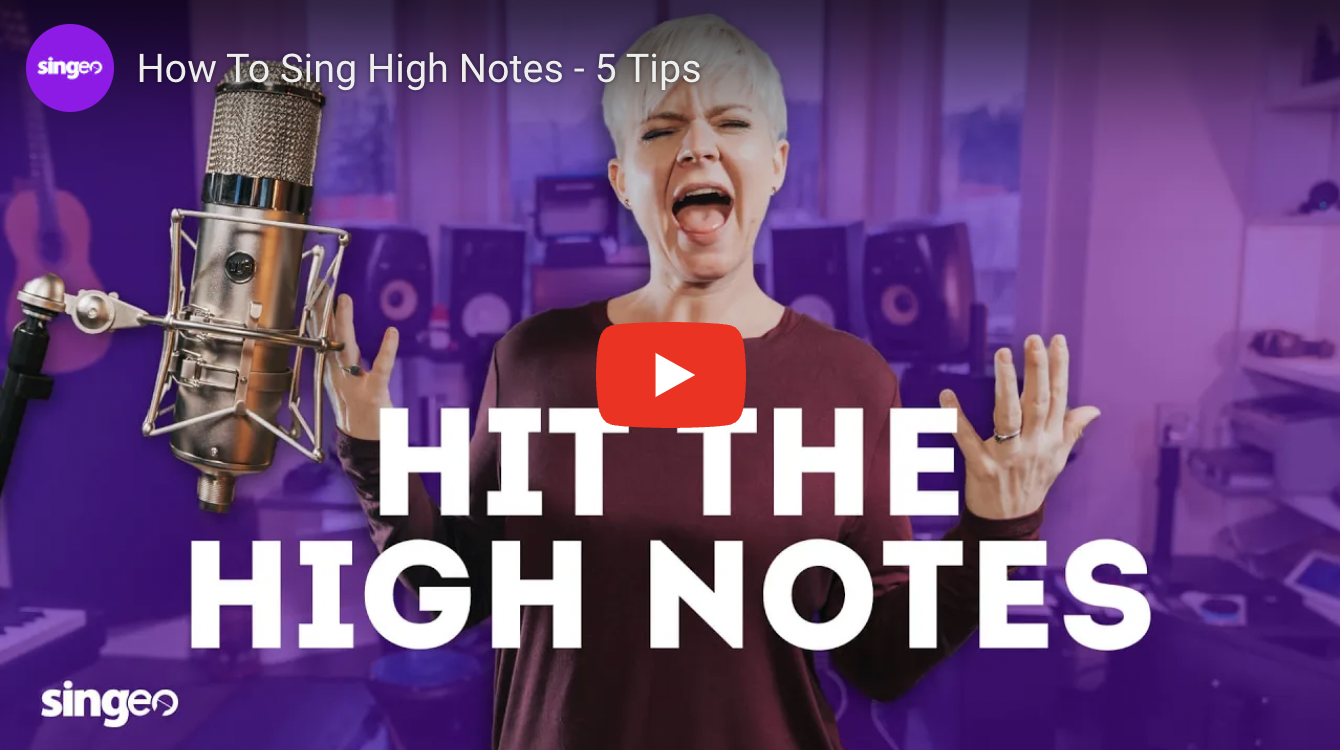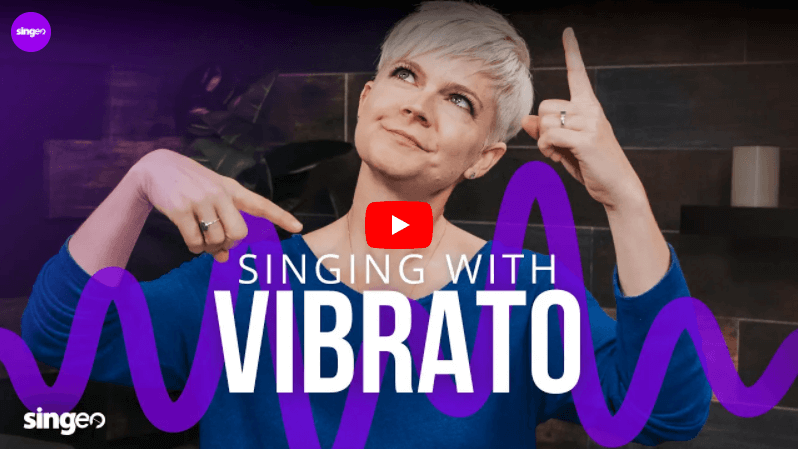As a singer you will have your own singing “tends tos” – that is, the way you sing and the habits you have developed define your current vocal type.
Identifying your vocal type will help you choose the best exercises for your type, and eventually help you develop strengths in other vocal types as well. So let’s dive in.
The 4 vocal types are:
– The Yeller
– The Choir Singer
– The Flipper
– The Blender
THE YELLER
Also known as the “chest-puller”, the yeller vocal type isn’t afraid to be heard. Y’all are loud and proud! 😊 The yeller is aiming to have a big, strong sound (and of course they are – who wouldn’t want to sound like Whitney Houston singing “And IIIIIIIII will always love youuuuu…”?).
Pros: Having the confidence to sing big is a huge hurdle for many singers. So if you are already confident enough to belt out those big notes, learning other techniques won’t be as intimidating for you.
Cons: Because the yeller puts all their focus on a strong sound, they tend to have an underdeveloped “head voice” (falsetto). Head voice is the airy voice that is usually in the top of your range.
Where to focus: Yellers tend to struggle to keep a balanced sound from the bottom of their range all the way to the top. They will be bold and strong from the lows through the middle, but then lose power on the top end. Yellers should focus on strengthening the head voice and there are some super simple exercises in the video above to help as well the 5 great tips in this video:

THE CHOIR SINGER
As the choir singer, you love to sing and you know how to sing but you struggle to hit notes with strength and power. You have mastered the “head voice” and you have a very airy/breathy sound.
Pros: Choir singers can sing lullabies like a boss! 😉 You have a lots of experience and confidence with your soft airy singing .
Cons: Your “chest voice” needs some work. In order for you to expand your singing abilities you will need to build strength so you can belt out the songs that require a bigger sound.
Where to focus: Your voice is made up of muscles (literally) so just like any muscles in your body, if you want to build strength, you have to work out. The video will show you how to safely get a stronger sound in more of your range, and what to work on moving forward.
THE FLIPPER
Flippers have a noticeable disconnect between their chest voice and head voice. There’s an audible “crack” or “break” in sound when they switch from their stronger lower register to to the airy upper register.
Pros: You have a good grasp of both your chest voice and head voice.
Cons: Flippers will need to gain control and develop connection between the chest voice and head voice to create a balanced sound.
Where to focus: Flippers also need to focus on strength building exercises, but with more emphasis on creating flow from low to high with balanced strength.
THE BLENDER
Congratulations to all the blenders out there. This is a great spot to be at with your voice. You don’t shout, you don’t struggle with weak sound… you are are pretty balanced throughout your range. (Yay!)
Pros: The blender is able to sing with ease from the low notes to the high notes and have a solid sound the whole way.
Cons: Although this isn’t necessarily a “con”, singing is a lifelong journey. Which means, if you have good control and balance with your voice, you can start to work on developing some of the more advanced techniques of your singing.
Where to focus: Blenders are ready to step up the game and dive into some deeper singing exercises to help with more advanced techniques like dexterity, power, tone, textures… maybe even adding some vibrato. You can learn some simple tricks for practicing vibrato here:

Those are the 4 vocal types.
None of these vocal types (tends tos) are negative. And it’s possible to be more than one vocal type. The important thing is to be able to identify the tendencies.
Each vocal type will benefit from particular vocal exercises that will help open up and free your sound and many of those exercises are in this video.
Remember there is nothing negative about your vocal type – it’s part of your unique sound. The more you know about your voice the better you will be at controlling it, and the more you will LOVE your sound.
_______________
Learn to sing with Singeo:
> www.singeo.com
Enjoying the lesson?
Enter your email address below to get more free singing lessons.